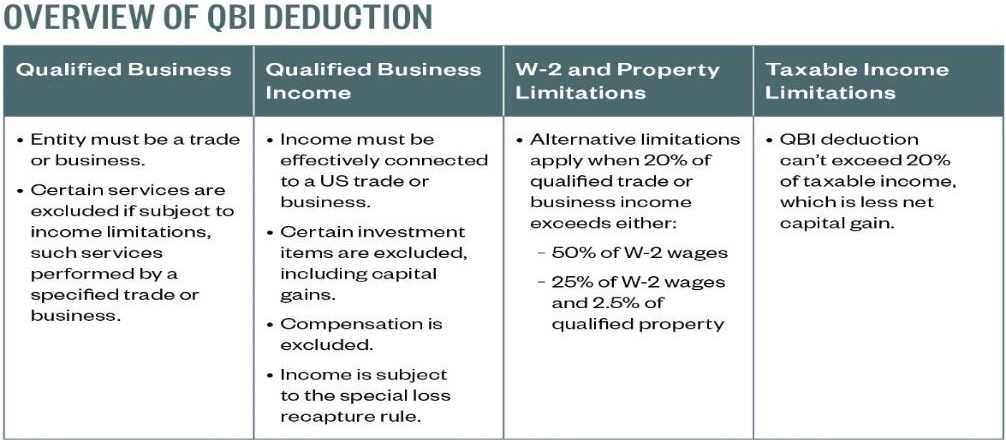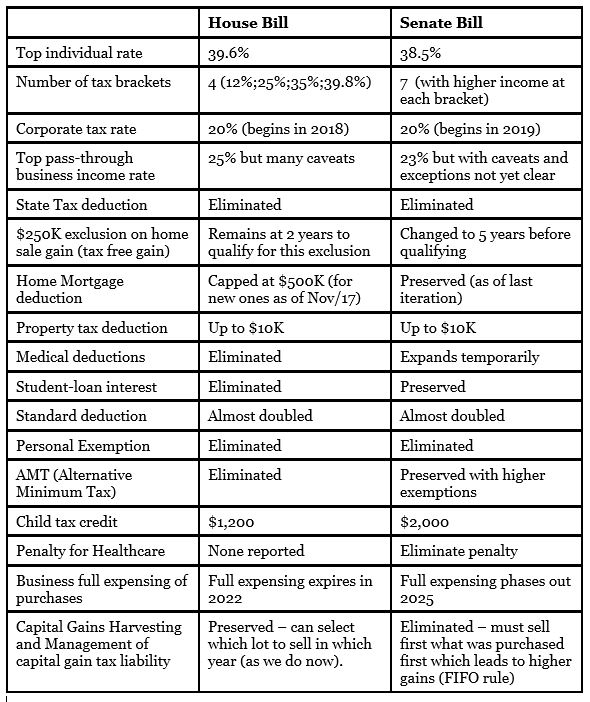The purpose of the Corporate Transparency Act (CTA) is to create a national database of those who control entities in the US (including owners, principals, control persons of LLCs, C Corp, S Corp, LPs, and other closely held entities). The database will identify the human beings behind these entities. This law is part of an increasing effort to combat money-laundering, terrorism, tax evasion, and other financial crimes. The stated goal is to provide law enforcement with the ability to strip “US shell companies” of anonymity that can hide illicit financial activity and funding of terrorism. But this database will require information from every entity owner and yet few business owners know about this upcoming filing requirement.
There are over 33 million small businesses in the US and an increasing number of bad players caused Congress in 2021 to enact the CTA [Ref 1] as part of the National Defense Authorization Act [Ref 2]. The CTA created a new reporting requirement for “Beneficial Owners Information” (“BOI”) to the Treasury Department’s Financial Crimes Enforcement Network (or FinCEN).
With the deadline for pre-existing companies to file approaching (January 1, 2025 and even sooner for new companies created during 2024) and court challenges not yet staying this deadline, small business owners (and other entity owners) need a deeper understanding of how to handle their own BOI reporting requirements.
Ultimately, most of our business/entity owner clients will file a relatively simple BOI report. Some companies/entities with more complex ownership and leadership structures might require the help of outside legal counsel since CPA/CFP are not legally permitted to interpret this law for clients. It is advisable to take the time to read over the FinCEN FAQs [Ref 3] and Small business Guide [Ref 4] and determine if your firm has to file and if so whether you will need legal advice to complete this filing. We can help guide you but can’t interpret the law for you.
| Who Needs To Report Their Beneficial Ownership Information (BOI) |
At a high level, any company that was created by filing a document with a secretary of state or similar state-level office in the U.S. is a “reporting company” or entity that is required to file this BOI report. In practice, the requirement applies to business entities like Limited Liability Companies (LLCs), Limited Liability Partnerships (LLPs), and corporations (C and S Corp) that are created by filing paperwork with the state(s) where they do business. It does not, however, appear to apply to unregistered entities like sole proprietorships and partnerships. In addition, there are 23 different types of companies that qualify for an exemption to the BOI. The FinCEN’s Small Entity Compliance Guide outlines the specific criteria that companies must meet to qualify for each type of exemption [Ref 4].
Please be aware that even if your company has been inactive or recently dissolved it may still need a BOI filed. Lastly, irrevocable trusts may also be required to file.
| What Information will be Required? |
The Beneficial Ownership Information (BOI) report itself is fairly simple and consists of 3 sections (plus an introduction page and a submission page): The first section requires business identification whereas the second and third sections request personal identification (this includes state ID, US passport or foreign passport). We encourage any beneficial owner to not file personal information directly in the BOI but instead create a FinCEN Identifier number. Creating this unique FinCEN ID number by the beneficial owner will require the upload of personal financial identifiers only once (under this FinCEN ID). Once created the FinCEN ID can be used in lieu of entering personal information directly in the BOI filing.
Please keep in mind that this filing is a separate process from tax filings and requires disclosure of personal information. This privacy invasiveness has led to legal challenges earlier this year, but none have yet stayed the BOI filing deadline. Given that the penalty is up to $500 per day for failing to file we encourage you to determine how and when you will file your entities BOI. We will all continue to monitor the legal challenges and the filing deadline since there may be announcements just prior to year-end.
FinCEN has put together a comprehensive FAQ on the specifics of the requirements [Ref 3], as well as a Small Entity Compliance Guide that we recommend reading [Ref 4]. These should help owners understand their obligations under the new rules. Please familiarize yourself on what will or will not be needed for your firm/entity.
Reference Links mentioned above:
[Ref 1] CTA details: https://www.fincen.gov/sites/default/files/shared/Corporate_Transparency_Act.pdf
[Ref 2] National Defense Authorization Act details: https://www.congress.gov/116/bills/hr6395/BILLS-116hr6395enr.pdf
[Ref 3] FAQ on BOI: https://www.fincen.gov/boi-faqs
[Ref 4] FinCEN Small business entity guide on BOI filing: https://www.fincen.gov/sites/default/files/shared/BOI_Small_Compliance_Guide.v1.1-FINAL.pdf
[Ref 5] BOI filing: https://boiefiling.fincen.gov/
Edi Alvarez, CFP®
BS, BEd, MS


